Teaching is a dynamic and demanding profession, and lesson planning often takes up a significant portion of a teacher's time. The pressure to create engaging, effective, and well-structured lessons can be overwhelming, especially when juggling multiple classes and subjects. Enter AI-generated lesson plans—an innovative solution designed to ease educators' workloads.
By leveraging artificial intelligence, teachers can now generate tailored lesson plans in minutes, freeing up more time for meaningful interactions with students. In this article, we’ll explore how AI-generated lesson plans are reshaping the classroom, boosting productivity, and enhancing the overall teaching experience.
Artificial intelligence has already shown its capabilities in many fields, and education is one of them. AI technology for education is being employed to help teachers in several ways, ranging from grading automation to the delivery of customized learning experiences for students. One of the most revolutionary ways AI is revolutionizing education is through AI-created lesson plans. These programs look at a teacher's curriculum, students' needs, and teaching standards, then create lesson plans that are tailor-made to those specifications.
Instead of using generic models or wasting time creating lessons individually, AI can give teachers an individualized guide based on what they need precisely. This might include recommended activities, multimedia components, and differentiating approaches to manage varied learning methods in the class. With the help of AI lesson planning, teachers can waste less time and effort and allocate more time and attention to actual teaching and engaging with students.
The most direct advantage of AI-created lesson plans is that they improve teachers' productivity. Teachers have numerous responsibilities beyond classroom teaching, like preparing for the lesson, marking assignments, and performing administrative tasks. Lesson planning itself may require hours of work every week for teachers handling more than one class or subject. All this becomes quicker and more streamlined with AI-powered tools.

AI-generated lesson plans save teachers valuable time by automating much of the planning process. Instead of researching topics, selecting activities, and aligning content with learning goals, AI provides structure, objectives, and suggested activities based on the subject and student level. Teachers can easily refine these suggestions, reducing preparation time. This allows them to focus more on engaging with students and professional development, ultimately improving the teaching experience and boosting overall productivity.
AI-generated lesson plans allow teachers to customize lessons based on individual student needs. By analyzing student performance data, AI can adapt the content, addressing gaps and reinforcing areas of improvement. Additionally, AI adjusts lesson formats to suit various learning styles—whether visual, auditory, or kinesthetic. This ensures that the lesson is engaging and tailored to meet the diverse needs of students, especially in classrooms with varying skill levels and learning preferences, promoting more effective learning outcomes.
AI-generated lesson plans help maintain consistency and ensure high quality across all lessons. By automating the planning process, AI ensures that each lesson adheres to curriculum standards and includes all necessary components. Teachers no longer have to worry about missing critical aspects or repeating structures. With AI integrating best educational practices, lesson plans become grounded in proven methods, enhancing teaching quality and creating a more organized, cohesive learning experience for both teachers and students.
AI tools don’t just create lesson outlines—they also suggest supplementary resources like videos, articles, quizzes, and interactive exercises. These resources save teachers hours of research, providing relevant materials that can be easily integrated into lessons. For example, a lesson on the water cycle can be enhanced with a video, quizzes, and hands-on activities. This seamless access to multimedia resources makes lessons more dynamic and engaging while saving teachers time that would otherwise be spent searching for appropriate materials.
While AI-generated lesson plans offer significant benefits, they also come with challenges. One concern for teachers is the potential loss of their personal touch. Many educators rely on their unique teaching styles and experiences to make lessons engaging and relevant. There's a risk that AI-generated plans could become formulaic, diminishing the personal connection between teacher and student. However, AI is meant to support, not replace, teachers. It provides a starting point, allowing educators to customize and refine lessons with their creativity and expertise.

Another challenge is the learning curve associated with new technology. Teachers may feel overwhelmed by the need to learn how to use AI tools effectively. To address this, professional development programs can equip educators with the skills they need to integrate AI into their teaching practices. With proper training, teachers can harness AI to save time, improve productivity, and enhance the overall teaching experience while still maintaining their personal touch.
The future of AI in education is incredibly promising. AI-generated lesson plans are just one example of how technology is transforming the classroom. As AI continues to evolve, we can expect it to play a larger role in other aspects of education, such as grading, real-time student feedback, and even personalized learning pathways.
AI has the potential to completely revolutionize the way lessons are planned, delivered, and assessed. Teachers will be able to focus more on individual student needs, using data-driven insights to adapt their teaching strategies. AI could also help identify students who are struggling or who have specific learning disabilities, enabling earlier intervention and more tailored support.
AI-generated lesson plans are revolutionizing teaching by automating time-consuming tasks, allowing educators to focus on student engagement and personalized feedback. These tools save time, ensure quality, and offer tailored lessons, making them indispensable for modern classrooms. As AI technology evolves, its impact on teaching efficiency and effectiveness will continue to grow, enabling teachers to provide a higher-quality education. With AI, teachers can enhance both their productivity and the learning experience in today’s digital age.
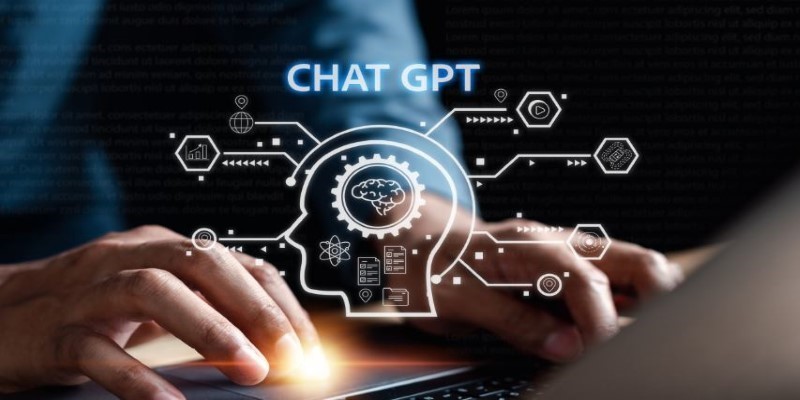
ChatGPT helps improve your listings by identifying SEO mistakes, correcting keyword issues, and enhancing content clarity—without losing your brand’s tone

Open reasoning systems and Cosmos world models have contributed to robotic progress and autonomous system advancement.

Explore surprising AI breakthroughs where machines found creative solutions, outsmarting human expectations in unexpected ways

Discover ChatGPT, what it is, why it has been created, and how to use it for business, education, writing, learning, and more

With TensorFlow Extended (TFX), learn sentiment analysis using this comprehensive guide for creating and implementing models

How open-source AI projects and communities are transforming technology by offering free access to powerful tools, ethical development, and global collaboration
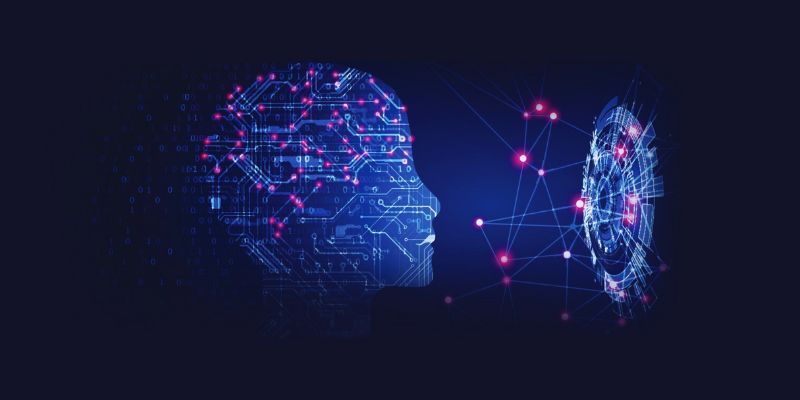
Learn how Explainable AI (XAI) guarantees equal opportunity, creates confidence, and clarifies AI judgments across all sectors

Boost teacher productivity with AI-generated lesson plans. Learn how AI lesson planning tools can save time, enhance lesson quality, and improve classroom engagement. Discover the future of teaching with AI in education

Get a clear understanding of supervised learning, including how it works, why labeled data matters, and where it's used in the real world—from healthcare to finance
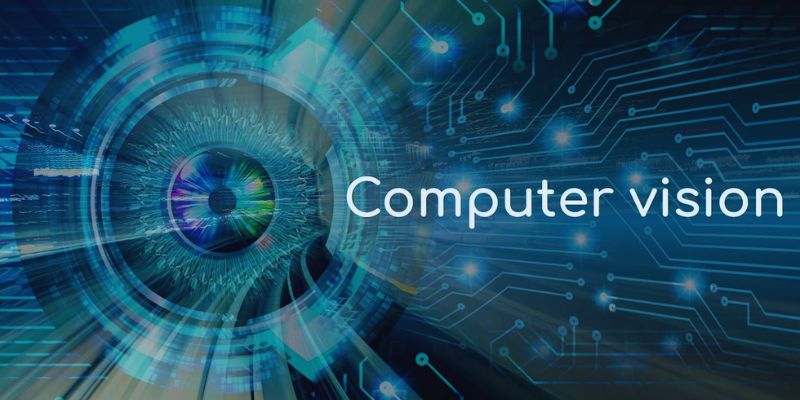
Discover five powerful ways computer vision transforms the retail industry with smarter service, security, shopping, and more
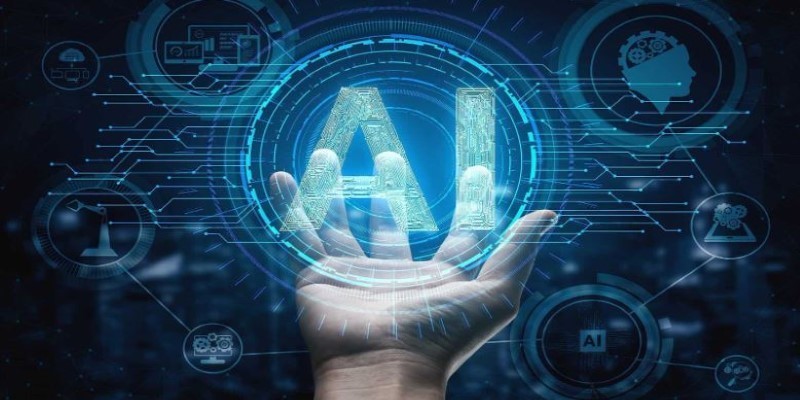
How logic and reasoning in AI serve as the foundation for smarter, more consistent decision-making in modern artificial intelligence systems
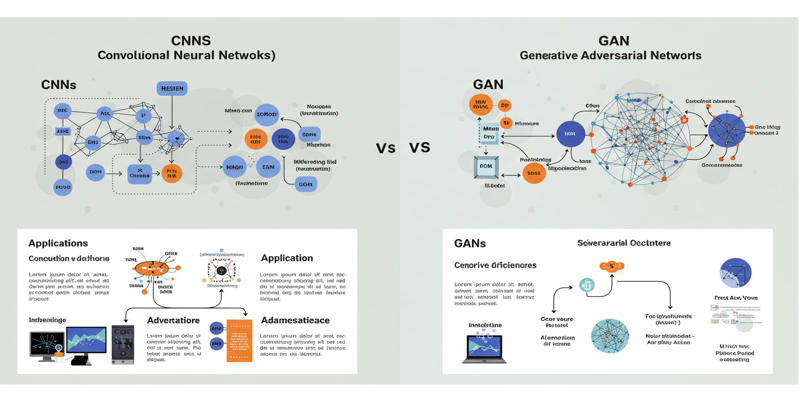
Know the essential distinctions that separate CNNs from GANs as two dominant artificial neural network designs